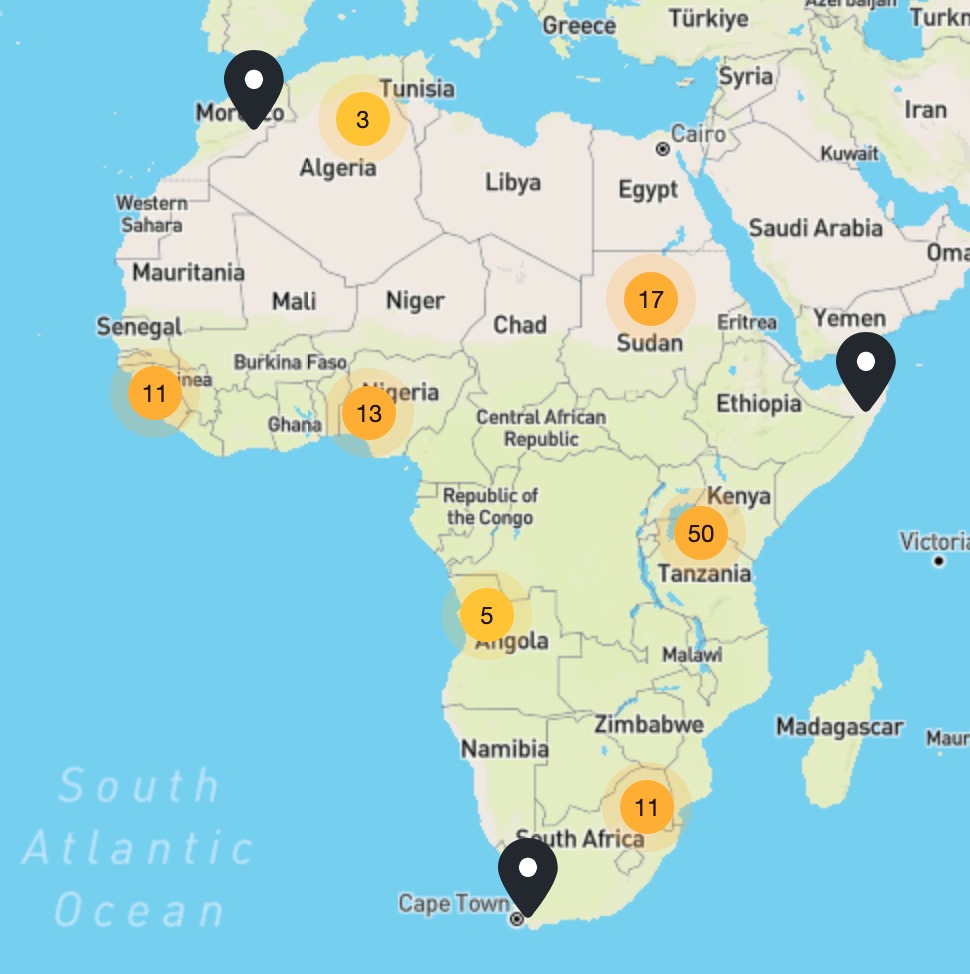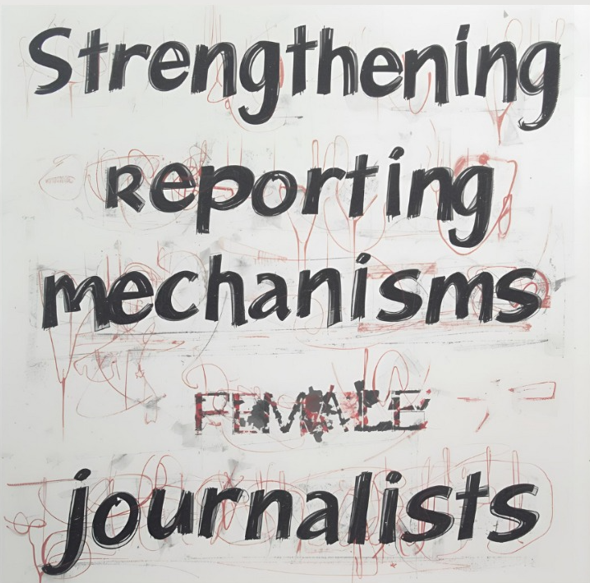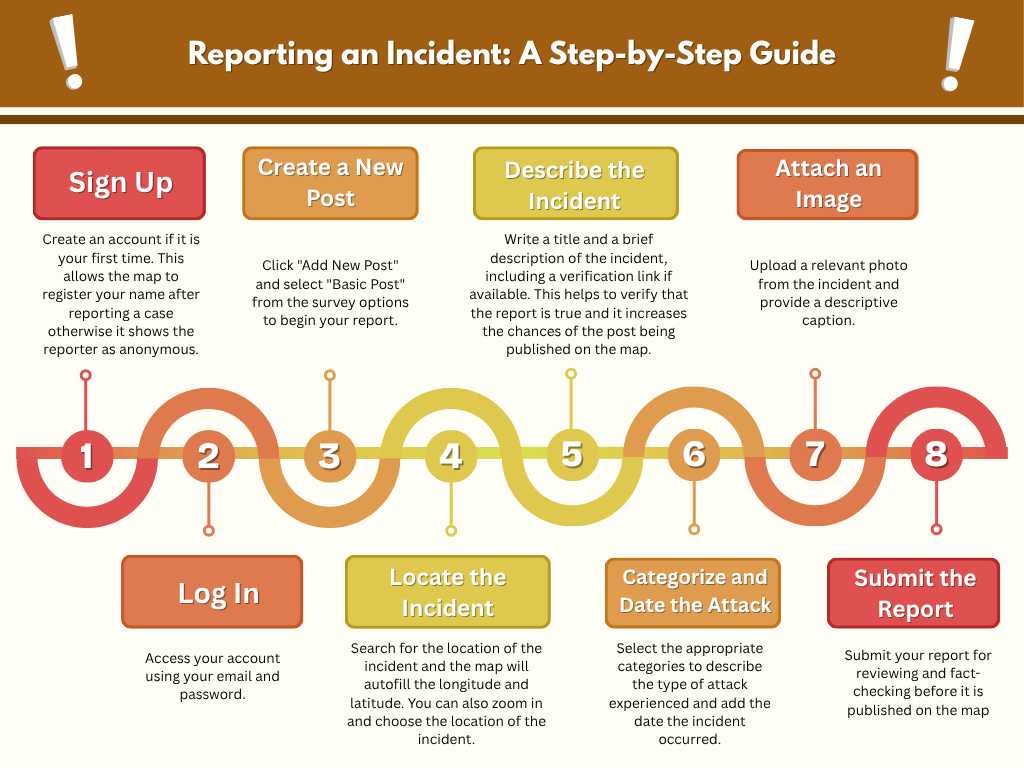By Natalie Kakai
What if doing your job puts your life at risk- just because you’re a woman speaking the truth?
For many women journalists across Africa, this is the harsh reality. From online abuse to physical and sexual threats, the profession presents real danger. This is not just for what they report, but because of who they are.
A tool that will change how the threats are documented and addressed is now here.
“We are moving from mapping to action, “ declared Racheal Nakitare, project coordinator for the International Association of Women in Radio and Television (IAWRT) at the official launch of the second phase of the IAWRT led initiative to protect women journalists.
SAFETY ON THE MAP
In partnership with UNESCO’s international Programme for Development of Communication (IPDC), IAWRT launched a digital platform report.iawrt.or.ke to track and report attacks against women journalists across Africa.
Developed with Kenya ICT Action Network (KICTANet) and powered by Ushahidi technology, the platform allows users to log incidents in real time, tag locations, and categorize threats, from harassment and censorship to physical and sexual violence.
“This map is not just a tool. It’s a call to action, said Josephine Karani, Chairperson of IAWRT Kenya.
Already over 120 stories have been documented from 16 countries, including Kenya, Uganda, Nigeria, Cameroon and Zambia.
THE THREATS IN NUMBERS
According to UNESCO’s Research on safety of women journalists:
73% have faced online violence
25% have been physically threatened
18% have been victims of sexual violence
20% of those attacked online have later been attacked offline.
“Most female journalists in Africa don’t even speak about what they go through-because of fear, lack of legal support and isolation after speaking out”, Eunice Nankwanga, a journalist from Uganda said.
The initiative is a regional force with focal points in each sub region. The participating countries are Kenya, Uganda, Tanzania, Ethiopia, South Sudan , Nigeria, Ghana, Sierra Leone, The Gambia, Zambia, Malawi, Botswana, Cameroon. The platform has regional leads for East Africa, Central Africa, West Africa, and Southern Africa.
Phase one of the project focused on the training and documentation, while the recently launched phase two is on institutional engagement.
IAWRT is now partnering with the Pan African Lawyers Union (PALU) and national enforcement agencies for evidence-based intervention.
“Despite global efforts, journalism remains a dangerous profession. Women face disproportionate threats- not only for what they report, but simply because they are women.” Said Lea Simonini, Freedom of Expression and Safety of Journalists, UNESCO Regional Office.
“Too often, these attacks are met with silence, impunity, inaction. We aim to create coordinated pathways for institutional response.” She added
Law enforcement agencies across the continent have pledged support to the initiative.
“The rights of female journalists are human rights,” said Commissioner Polycarp Ngufor of Cameroon. This project is at the heart of our work.”
Kenya’s police representative Jared Ojuok, Zambia’s Jimmy Mhango, Nigeria’s Buhari Abdullahi and Uganda’s Beyanga Cornelius among other police representatives backed the project.
ACTION
The monitoring and reporting platform is open for use. If you are a journalist or know someone at risk, help map the truth.
Report here: https://report.iawrt.or.ke/views/map
For years, attacks on journalists both online and offline have largely gone unreported for fear of reprisal or simply not knowing where to report. During the International Day to End Impunity Against Journalists in 2022, IAWRT Kenya and Human Rights Journalists Network -Uganda launched an initiative to combat violence against women journalists. The project’s core component in partnership with UNESCO was the creation of a crowd sourcing digital map under the banner “Applying Modern Technologies To Enhance Mechanisms for Monitoring and Reporting Attacks against journalists in Africa”. The project has had a significant impact, successfully applying emerging digital innovations to promote the safety of journalists and combat impunity for crimes against them. The initiative has also enhanced the capacity of media monitors to use modern technologies, leading to increased awareness of crimes against journalists in Africa, particularly for women in the media. Going forward, the availability of real time data on attacks will empower duty bearers, such as law enforcement and legal institutions, strengthening their role in investigating and prosecuting perpetrators.
The launch marks a pivotal moment in IAWRT’s mission to protect female journalists in Africa. By effectively mapping and documenting these cases, a robust body of data is built. This is not just a reporting tool but a powerful instrument for advocacy and change.
IAWRT-Kenya is deeply committed to the protection of women journalists and are confident that sustained and collaborative action is the path to a safer environment for professionals across Africa and beyond.




